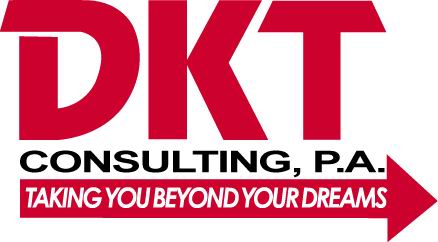Employee Incentive Plans – Dangerous in the Wrong Hands
The common misconception is: setting-up an incentive plan is a piece of cake that takes less than a day to design & implement. As simple as the concept appears, it is actually a lot more complicated than you would think, if you want to yield the desired results. Some of the factors that must be addressed are:
- Emotional desires;
- Financial desires, top line (sales), middle line (gross margin), bottom line (profits);
- Employee evaluation;
- Functional design;
- Compensation structure
Why do you want an incentive plan? Some plans are put into place to reduce employee turnover, decrease employee tardiness, increase employee productivity, improve employee morale, improve employee quality of life, and so on. Others look at the plans strictly from the balance sheet, is this going to make money or will it help me penetrate into a new market.
The one common factor which is missed by most employers is, do I have the right people in place to support my goal. This not only includes evaluating the current staff but also determining if new or additional staff is required. This becomes a bit more complicated as you expand your review from the producers to the support staff and administrative staff. All employees have to work in unison if the plan is going to work as desired.
The compensation structure of the incentive plan is most tricky because it involves the timing of payments, amount of payments, and continuation of payments. I have seen compensation plans which have bankrupted a Company where employees (primarily sales) laughed all the way to the unemployment line saying, “boy he (Owner of Company) didn’t even see it coming”. Most people set their compensation plans in stone, but it should be a soft plan allowing flexibility. All plans by DKT Consulting Services, Inc. are designed with a 12 month life cycle or less. It is at that time that we evaluate and determine if it will continue as is or be slightly modified or removed.
